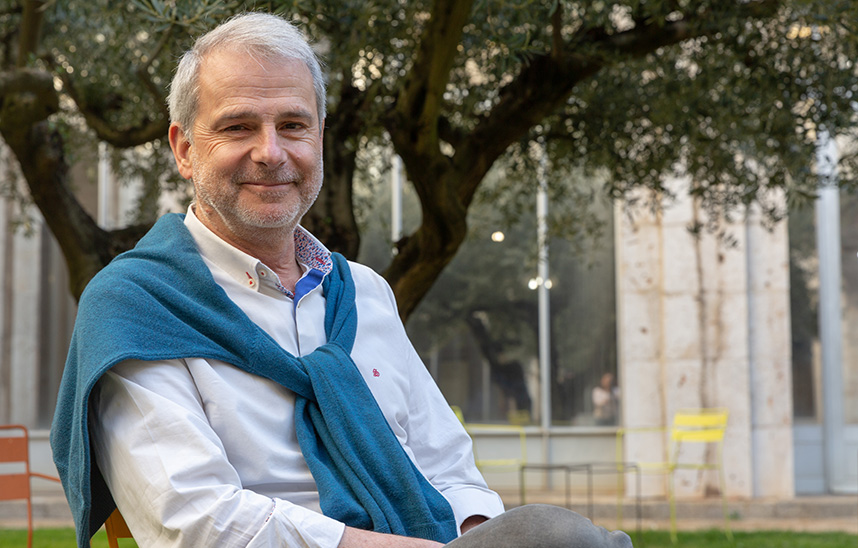"History, without so much polarization, is much more interesting."
For the past 10 years, Javier de Navascués, Full Professor of Spanish-American Literature, has been dedicated to researching the cultural production of the Americas, especially literary production.

In his latest publication, "Adventurers of the New World. Héroes y villanos que forjaron la América Hispánica", rescues different characters that have been forgotten throughout the centuries, from the period of the conquest to the wars of independence.
Q. What is the main argument of the book?
R. I have written about thirty portraits of representative characters of the Spanish empire in America. There is a bit of everything: viceroys, peasants, explorers, chiefs, slaves, nuns, missionaries, writers, historians, scientists, rogues, etc. The first portrait begins with the fall of the capital of the Aztec empire, Tenochtitlan, and the last one is set in the Cortes de Cadiz, just on the eve of the American wars of Emancipation. The characters appear, therefore, in chronological succession from the 16th century to the beginning of the 19th century, just as long as the empire lasted.
Q. What prompted you to write this book?
R. The question of the legitimacy of the Spanish empire is back in vogue and has revived centuries-old controversies. As researcher of the cultural production of America, I am struck by the certainty with which arguments that would require an enormous amount of nuances are wielded. That is why, in the face of generalizations, I have chosen the biographical genre to descend into the daily reality of people who lived in a fascinating and largely unknown era. I firmly believe that the simplifications of a sign are not fought with other simplifications, but with clear and documented accounts. In reality, History, without so much polarization, is much more interesting and entertaining.
Q. What criteria did you use to choose the characters?
R. I have tried to represent a wide range of individuals: men and women; Spaniards, Indians, blacks, Creoles and mestizos; the wise and the illiterate; the powerful and the indigent; the military and the peasants, and so on. The formula of "heroes and villains" of degree scroll comes to designate a process that cannot be conclusively defined as of a single color, black or white, heroic or diabolical.
Q. Do you have a favorite "character" in the book?
R. One of them is Juan de Palafox, a learned archbishop who managed to combine two vocations that are difficult to reconcile: politics and sanctity. Or Inca Garcilaso de la Vega, an extraordinary writer and a perfect example as a mestizo man between two worlds. Or Antonio Ruiz de Montoya, a Jesuit from Lima who led an expedition of thousands of people through the jungle to save them from the slavery of Portuguese traffickers.
Q. Is there anyone who you think has lived in the shadows and deserves to be better known to the world?
A. José Celestino Mutis and Félix de Azara, scientists who fought against their environment and against administrative inertia, a phenomenon not so infrequent in Spanish science. I would also take the fate of Pedro Sarmiento de Gamboa, a brilliant individual even in his failures, a true hero.




